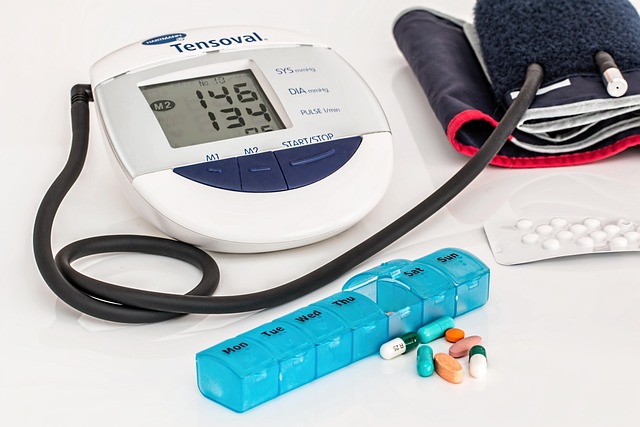Weight Loss Injections: Uses, Risks, What to Expect
Weight loss injections are prescription treatments that can assist people working to reduce body weight when lifestyle changes alone are not enough. These treatments form part of a broader plan that may include diet, exercise, and behavioral support. They are not a quick fix and require medical oversight to assess suitability, monitor effects, and adjust dosing. Understanding how injections work, who may benefit, and what risks are involved helps people make informed decisions with a healthcare professional.

This article is for informational purposes only and should not be considered medical advice. Please consult a qualified healthcare professional for personalized guidance and treatment.
Weight loss: how injections fit into treatment
Weight loss injections are typically considered when someone has obesity or overweight with related health issues and has not reached sufficient results from diet and exercise alone. These injections are adjuncts to comprehensive care; they are most effective when combined with nutritional counseling, regular physical activity, and behavioral strategies. Clinicians evaluate factors such as body mass index (BMI), existing medical conditions (for example diabetes or cardiovascular risk), and previous weight-loss attempts before recommending medication-based injections.
Many programs that include injections also provide follow-up visits to track weight trends, review side effects, and support lifestyle adjustments. Long-term success often depends on continued engagement with healthcare teams and adapting treatment as needs change.
Obesity: who may be considered for injections?
Obesity is a chronic disease with complex causes including genetics, environment, and metabolism. Medical guidelines often recommend medication for people with a BMI at or above a certain threshold (commonly BMI ≥30 kg/m², or ≥27 kg/m² with weight-related conditions), but individual assessment is crucial. A healthcare professional will consider comorbidities such as type 2 diabetes, high blood pressure, or sleep apnea when deciding whether injections are appropriate.
Not everyone with obesity is a candidate for injectable medication. Contraindications, pregnancy plans, certain psychiatric histories, or specific medical conditions may rule out particular drugs. Shared decision-making between patient and clinician ensures treatment aligns with health goals and safety considerations.
Injections: common types and how they work
Several classes of injectable treatments are used for weight management. Many act on appetite-regulating pathways in the brain, slowing gastric emptying or altering hunger hormones to reduce caloric intake. Examples include glucagon-like peptide-1 (GLP-1) receptor agonists and other agents that modulate similar pathways. These injections are usually given subcutaneously on a weekly or daily schedule depending on the medication.
Onset of effect and magnitude of weight loss vary by drug, dose, and patient adherence. Some people experience gastrointestinal side effects such as nausea or constipation when starting therapy, which often diminish over time. Regular monitoring helps clinicians tailor the regimen and manage adverse effects.
Medication: prescription options and considerations
Prescription options differ in mechanism, dosing, cost, and approval status for weight management versus other conditions like diabetes. Clinicians choose based on medical history, treatment goals, and potential interactions with other medications. Because these are prescription medications, an evaluation of liver, kidney, and thyroid status, and assessment for contraindications is commonly required before initiation.
Treatment typically begins at a lower dose that is titrated to an effective level to improve tolerability. Adherence is important: stopping injections may result in weight regain if lifestyle changes are not maintained. Patients should discuss expectations, duration of therapy, and plan for long-term weight maintenance with their provider.
Health: safety, side effects, and monitoring
Safety is a central concern with any medication-based approach. Common side effects of weight loss injections can include nausea, vomiting, diarrhea, constipation, and injection-site reactions. Less common but serious effects may involve pancreatitis, gallbladder issues, or changes in heart rate; risk profiles vary by medication. Regular follow-up visits allow clinicians to monitor symptoms, adjust dosing, and order laboratory tests when necessary.
People seeking treatment should look for care that includes medical monitoring, counseling on lifestyle changes, and coordination with local services such as dietitians, mental health professionals, or exercise programs in your area. Discussing potential interactions with other medications and planning for management of side effects improves safety.
Conclusion
Weight loss injections can be a useful component of comprehensive obesity care for selected patients, but they require medical evaluation, ongoing monitoring, and integration with lifestyle measures. Understanding how these injections work, who might be eligible, and what safety checks are needed helps people engage in informed conversations with their healthcare providers. Long-term outcomes often depend on sustained lifestyle changes alongside any medication-based therapy.






